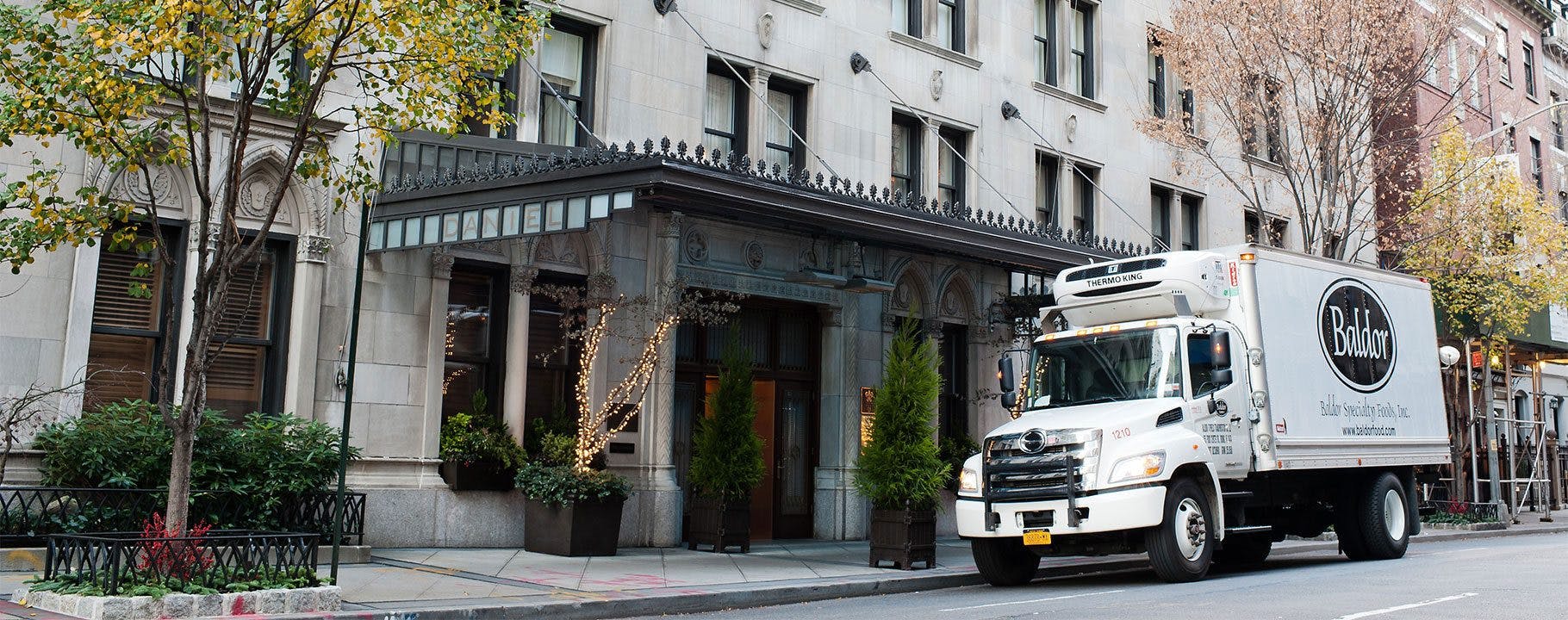How a NYC Food Distributor Reinvented its Business Model using big data
In early March, Kamal Boothe and his team at Baldor, a large specialty food importer and distributor based in the Bronx, were preparing for busy spring and summer seasons. Less than 2 weeks later, New York became the U.S. epicenter of the coronavirus outbreak. Restaurants and other dining establishments – which represented roughly 80% of Baldor’s customers – were shutting down. Other customers affected included school cafeterias, country clubs, and sporting events.
These businesses had to quickly adjust their “dine-in” business models, but making such drastic changes is difficult. Reports show that one-third of New York’s small businesses may not survive, according to an August 2020 article in The New York Times.
When the pandemic hit, Baldor knew it also needed to make a business “pivot” as a food supplier to create revenue and deliver food to people who need it most (their customers include nursing homes and hospitals). As a 25-year, family owned business with additional hubs in Jessup, Maryland, and Boston, it was just as important for Baldor to support its employees.
“Pre-COVID we were doing really well. Of course, COVID changed all that,” said Alan Butzbach, Baldor’s VP of transportation. “We had to pivot our company in a few weeks to start doing direct delivery to consumers to sustain our business and keep our staff thriving.”
How Data Helped Baldor Deliver the Goods
What would you do if you were a Baldor executive and many of your customers started closing their businesses? Baldor’s team had to react quickly to the new situation and decided to transform to home delivery for the first time in the company’s history.
“With home delivery, we were able to partner with and leverage ORTEC to attract a new customer base,” said Kamal Boothe, Baldor’s transportation strategy & process improvement manager. “Home delivery was about 30% [of our business] during the peak of the coronavirus. Even some of our restaurant customers have been on home delivery.”
While the initial conversion to home delivery turned out to be a success, 1-2 weeks later it became clear to Baldor that its existing systems were too rigid (focused on static routing not dynamic) and could not handle the volumes in such little time. About 2,000 orders had to be planned for 120 trucks daily. Baldor’s IT resources had to support the eCommerce platform and needed a tool that was quick and easy to implement. To streamline operations, Baldor’s team worked with ORTEC’s Data Science and Operations teams on a Tactical Routing solution and used the Big Data Portal for operational planning.
The Tactical Routing solution creates and evaluates day-to-day scenarios (optimizing daily routes, determining fleet size, and delivery frequencies) to get the right data to support planning decisions. The Big Data Portal, meanwhile, is a cutting-edge online portal for analytics as a service that combines data storage, processing, analysis, and advanced visualization in a user-friendly interface.
“ORTEC was able to manipulate live routing so we could use it for live planning, and with that we could gain visibility into our new customer base’s geography in relation to other customers,” Kamal said. “We are now able to make better decisions when it comes to routing.”
A few weeks after Baldor launched the website, the company went live with ORTEC Tactical Routing and the Big Data Portal.
“We now get better insight into the business,” Kamal said. “With ORTEC Tactical Routing and the Big Data Portal, we were able to combine data from our driver app, which captures delivery information, with the estimated planning times from the software to get better visibility into those routes.”
Happier Times Ahead
“We are really seeing some great results.”
Baldor’s team is ecstatic about these technological changes.
“This was a huge boost for the entire operation as it’s more efficient in the warehouse, we have more efficient routes, and we’re more profitable in terms of the time we need to get deliveries to customers,” Kamal said.
Baldor’s data journey does not end here. It is working to implement ORTEC Routing and Dispatch – a planning solution for vehicle planning, scheduling, and dispatch – with ORTEC’s Planned versus Actuals and Cost to Serve advanced analytics solutions. These technologies use data and AI to predict when products will be delivered and break down route costs per delivery. According to Baldor, the partnership with ORTEC was instrumental in what it was able to achieve and driving the potential for the business going forward.
The next time you visit New York City, you will likely notice a Baldor delivery truck such as the one in the picture above. Thanks to an important business pivot, Baldor continues to drive home deliveries successfully (and food) for its employees and customers.
